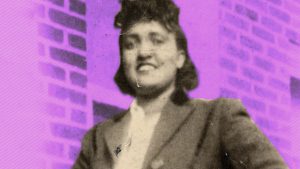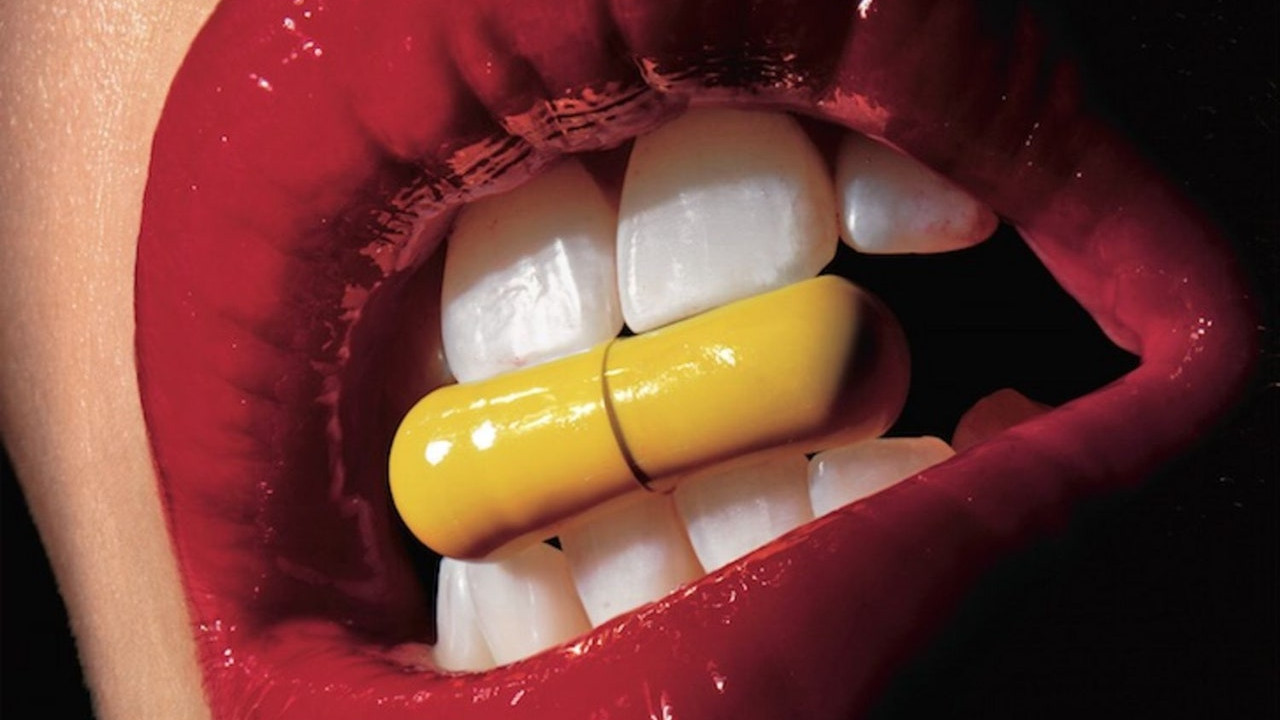Mandy was 16 years old the first time she let a heroin dealer into her car.
The dark-haired cheerleader had left school early that afternoon in order to drive to a predetermined spot in the San Fernando Valley, an affluent area just north of Los Angeles made famous by Valley girl accents. Accompanied by a boy from her school who was one year older, Mandy parked on a tree-lined suburban street and waited.
After 40 minutes, another car pulled up, and a bald, tattooed, mustachioed man got out. “That’s him,” said Mandy’s friend, who provided the hook-up. “Unlock your doors.” She did. The man opened the door to Mandy’s backseat and climbed in.
“It was kind of weird,” she recalls now, “having, like, a big drug dealer in my car. Like, ‘what if this guy tries to rob me?’ But I was trying to get the connect.”
Heroin has become popular on the carefully manicured streets of suburbia, as kids who’ve gotten hooked on pain pills like Oxycodone and Hydrocodone realize that heroin is a cheaper, better high. Dealers have identified the new market, and made themselves available.
A sheltered suburban teen, Mandy didn’t seem like a candidate to become a junkie. But over the next five years, she became just that. During the time that most young adults are being slowly nudged out of the nest, she was in and out of rehab.
Now 22, Mandy has been sober for three years. At a recent meeting with her parents, tensions flared easily between Mandy and her mother, Susan, over the details of her drug use and sobriety. (Mandy and Susan’s names have been changed.)
“I was in the shower and she went through my purse,” says Mandy, recalling that her mother found out about her addiction when she found the glass tube her daughter was using to freebase — unlike many heroin users, Mandy never shot up. “She was like, ‘You’re smoking crack.'”
“She totally doesn’t remember this right,” says Susan.
“No,” Mandy insists. “That is what happened.”
“I start saying, ‘I can’t believe you’re doing crystal meth,'” says Susan, “And she’s like, ‘You’re so fucking stupid, it’s heroin.'”
Mandy’s transition from star student to the depths of addiction was fast. In 10th grade, she met and fell in love with her first boyfriend. A few months into their relationship, her boyfriend’s brother was released from jail, and things began to unravel. Her boyfriend started using heroin and introduced her to the drug, allowing her to leapfrog the typical path of using painkillers first. “It was like, ‘OK,'” Mandy recalls, ‘”if you’re gonna be high all the time, I’m gonna be high too.'”
As with most addicts, Mandy’s daily use started for a fairly straightforward reason: Heroin feels really good. “I loved it,” she says. “It’s like a warm blanket. It was the only thing I cared about. Like, I loved him, and I loved doing drugs.”
Her parents began to notice things missing — Mandy was stealing money, debit cards and jewelry from them to pay for her habit. (“I was supporting me and my boyfriend,” says Mandy at the meeting with her parents. “I was supporting you,” counters Susan.) At night, Susan would catch her daughter sneaking into her and her husband’s room to take money out of her husband’s wallet.
Susan and her husband — Mandy’s stepfather — suspected that something was wrong.
“I knew,” Susan recalls. “That’s the crazy thing. I knew in my heart that there was something, but — and this is so crazy to me to think — I can understand the parents who go, ‘It’s not gonna be my kid.’ I’ve been there, and I can see the signs, and I was still saying, ‘There’s no way that my daughter would do something like that.'”
Meanwhile, Mandy was digging herself deeper into debt. After about a year of her using heroin, Mandy’s stepfather got a call from the bank — Mandy had written a check for $1,000 from his work ledger, and written in the memo line, “Happy Birthday.”
Mandy went on like that for about a year and a half – she quit cheerleading, distanced herself from friends and family, and focused exclusively on staying high. It was around that time, she says, that smoking heroin stopped being about feeling good, and started being about maintaining normalcy.
The night that Susan found the glass tube in Mandy’s purse was the beginning of the end. Mandy did her first stint in rehab shortly thereafter. Now, Mandy’s started a new life. Her old friendships are mostly severed, save a few who she trusts not to reveal her story. No one at her new job knows about her past, and she hopes to keep it that way.
Meanwhile, she likes to think that not much has changed.” I feel like before I was using, I was the same as I am now,” she says, “but everyone tells me I’m not.”
But there's more. Check out these bussin stories:
- Health
 Chart the Feng Shui energy of your home with this simple method Learn how to chart energy centers in your home and balance them to attract into your life your deepest aspirations.
Chart the Feng Shui energy of your home with this simple method Learn how to chart energy centers in your home and balance them to attract into your life your deepest aspirations. - Black History
 Black girl magic: that time a Black woman became the first immortal human Henrietta Lacks' superhuman HeLa cells will serve as a reminder of the strength and resilience of Black women—into infinity.
Black girl magic: that time a Black woman became the first immortal human Henrietta Lacks' superhuman HeLa cells will serve as a reminder of the strength and resilience of Black women—into infinity. - It Happened To Me Love
 From groupie to survivor: I dated a rock star & all I got was punched in the face He is back on the stage playing music while people write about him. As far as I'm concerned, he got out of the mess without any consequences.
From groupie to survivor: I dated a rock star & all I got was punched in the face He is back on the stage playing music while people write about him. As far as I'm concerned, he got out of the mess without any consequences.


